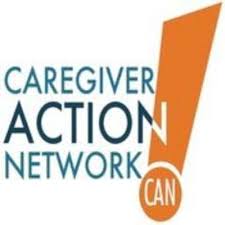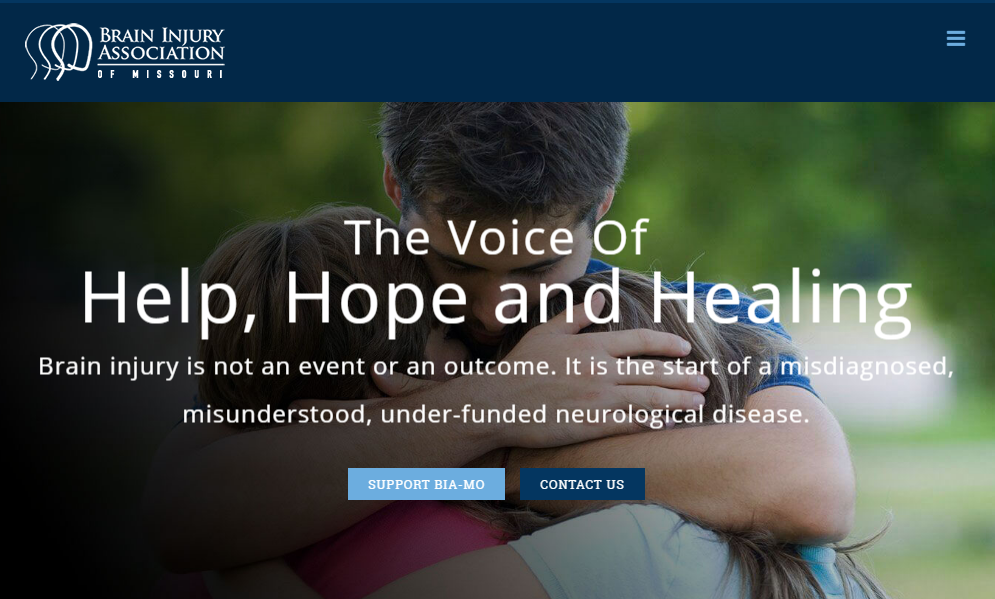Young Stroke is An Unexpected Reality
By Guest Blogger Robyn Moore, CEO of the National Stroke Association
There was a 44 percent spike in the number of young Americans (under 45 years old) hospitalized due to stroke over the last decade. Yet 73 percent of younger Americans are not familiar with stroke symptoms and the need for urgent medical attention.
In honor of National Stroke Awareness Month in May, the National Stroke Association created a website with a plethora of free resources that allow the public to become advocates for stroke and educate themselves and others.
Visit www.stroke.org/NSAM to learn about stroke and how to spot it by viewing videos, downloading materials and other tools, and using community presentations to help spread the word.
It is critical that we get the word out and educate younger Americans about stroke. It’s the fifth leading cause of death in the U.S., a leading cause of serious, long-term disability in adults, and it can happen to anyone.
A stroke is a “brain attack” that occurs when blood flow to the brain is interrupted by a blood clot or broken blood vessel and can be caused by a number of factors. It is a myth that stroke only happens to the elderly.
About 800,000 people will experience a stroke in the U.S. this year, and more than 130,000 will die.
At the heart of our May stroke awareness campaign is a video titled “Young Stroke: An Unexpected Reality,” which offers insight about stroke and resources for stroke survivors and families.
One way to identify a potential stroke is by using the FAST method.
FACE: Ask the person to smile. Does one side of the face droop?
ARMS: Ask the person to raise both arms. Does one arm drift downward?
SPEECH: Ask the person to repeat a simple phrase. Is their speech slurred or strange?
TIME: If you observe any of these signs, call 911 immediately.
Our 2017 campaign primarily focuses on younger stroke survivors, but it also gives people of any age the tools to become informed and spread our message about stroke. Even something as simple as posting on Facebook or sending one of our colorful e-cards about stroke risks to family members, co-workers and friends. That may make a difference in getting everyone to wise up about the symptoms of stroke and prevention.
The National Stroke Association is the only national organization in the U.S. that focuses 100 percent of its efforts on stroke by developing education and programs focused on prevention, treatment, rehabilitation and support for all impacted by stroke. Visit www.stroke.org for more information.
Allsup
Related Articles

Uncategorized
Helping Family Caregivers With What They Need to Know

Uncategorized
Understanding MS and Disability Benefits

Uncategorized
BIA-MO Gets Real about Brain Injury Awareness

